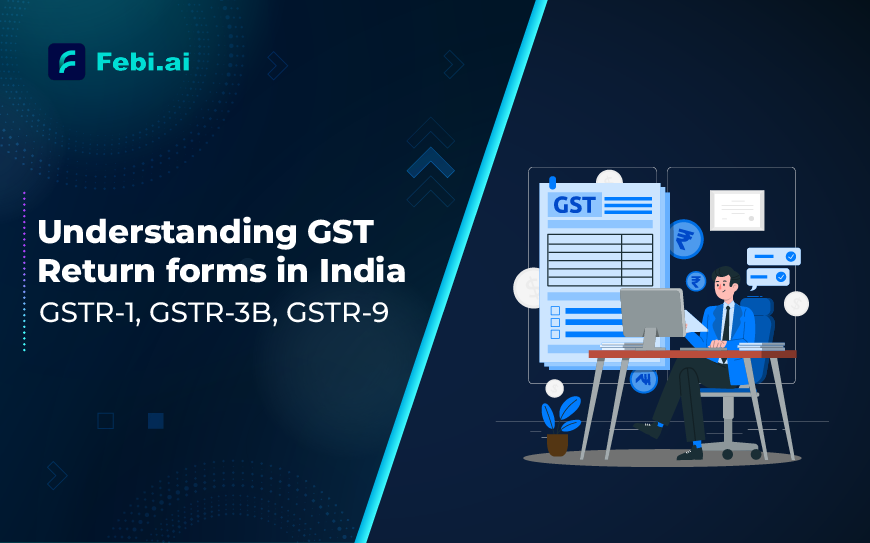Table of Contents
Introduction
Running a business in India? Then getting your head around GST return forms isn’t just handy — it’s vital. Filing them properly online feels a bit like cleaning your house before a big festival. It saves you from that stressful last-minute scramble and, of course, from penalties. With forms like GSTR-1, GSTR-3B, GSTR-9, and a bunch of others, it’s easy to feel swamped. But don’t sweat it — We’ll walk you through the basics in plain, everyday words. Whether you’ve been in business for years or just dipped your toes in, you’ll walk away knowing exactly what to do, why it matters, and how to keep your GST on track.
So, ready? Let’s get into it.
What is a GST Return?
Picture a GST return as a report card you send the tax department — it sums up your sales, purchases, and taxes paid or collected. They use it to double-check you’re paying what you owe.
You file these returns regularly which could be monthly, quarterly, or yearly depending on how your business is registered. It also helps you reconcile the taxes you paid on your inputs (called Input Tax Credit, or ITC) with taxes you collected on your sales.
Types of Taxpayers Who Need to File GST Returns
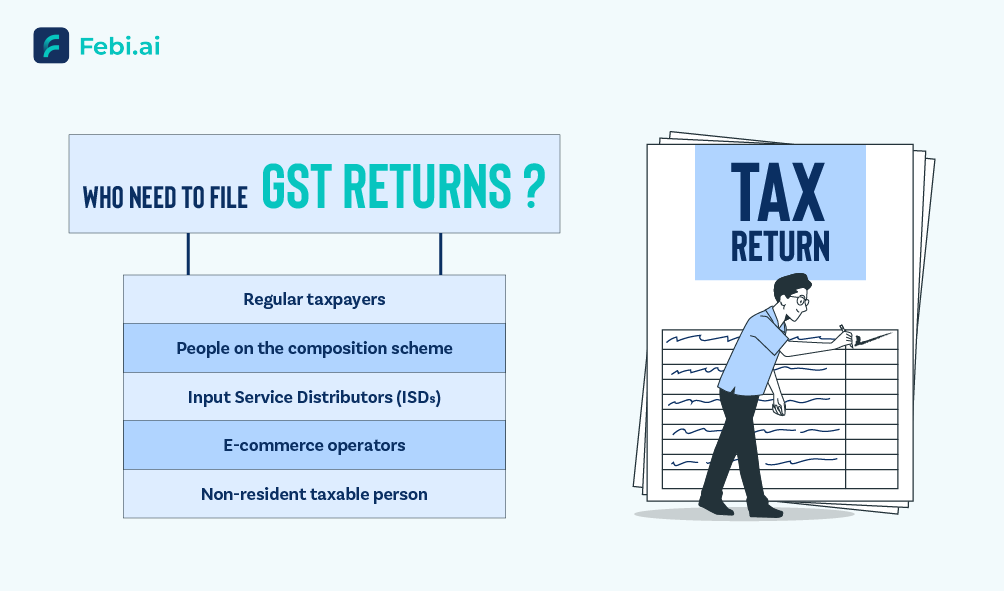
Everyone registered under GST rules has to file. That means:
- Regular taxpayers
- People on the composition scheme
- Input Service Distributors (ISDs)
- E-commerce operators
- Non-resident taxable people
If you skip filing? Expect fines, interest charges, blocked ITC, and maybe even a canceled GST registration. So yeah, it’s serious.
Understanding GSTR-1
What is GSTR-1?
Think of GSTR-1 as your sales notebook. It records every outward supply under GST — all your sales, in simple terms. From selling shoes in Delhi to writing code in Bangalore, every bit goes here.
Who Files GSTR-1?
All regular GST taxpayers have to file it, except for those under the composition scheme or non-resident taxable people.
What Goes in GSTR-1?
- Invoice-by-invoice sales details
- Exports
- Credit or debit notes
- Changes to past returns
- HSN summary
- Documents issued
This helps the tax office match your sales with your customers’ purchase records, so GST claims remains clean.
Due Dates and Penalties
Usually, you’ve got until the 11th of the next month and if you miss it, you’ll be charged ₹50 per day as fine or ₹20 if you’re filing NIL.
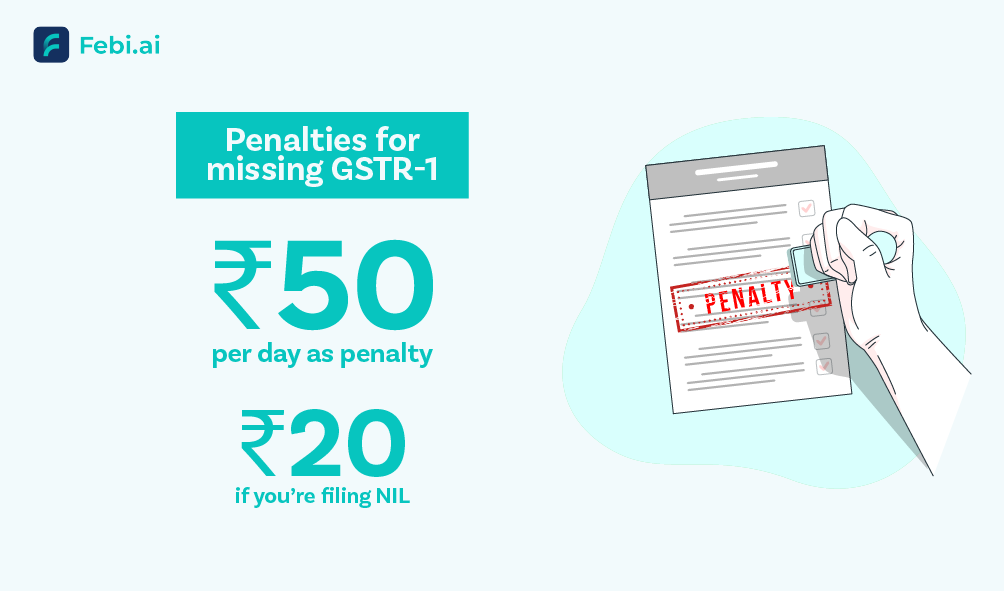
How to File GSTR-1?
Wondering what to click? Here’s the cheat sheet:
- Log in to the GST portal.
- Head to ‘Returns Dashboard’.
- Pick tax period and select GSTR-1.
- Fill in outward supply details.
- Upload JSON file.
- Double-check carefully.
- Submit and file with your DSC (Digital Signature Certificate) or EVC (Electronic Verification Code)
Understanding GSTR-3B
What is GSTR-3B?
GSTR-3B is this monthly GST return where you basically pull together all your outward taxable supplies, the inward ones that fall under reverse charge, and whatever Input Tax Credit you can claim. Oh, and don’t forget the net tax you owe. It’s a self-declared return you don’t upload every single invoice, just a quick summary snapshot. Pretty handy, right? This form makes it easier for taxpayers to settle their monthly GST bills and match up the provisional credit they took earlier.
Who Files GSTR-3B?
All regular taxpayers. Even if you had no sales, you still have to file a zero return.
What Goes in GSTR-3B?
- Summarized outward taxable supplies
- Inward supplies under reverse charge
- ITC available
- Tax payable
No invoice-level detail, just the overall summary.
Due Dates and Late Fees
Usually due by the 20th of the next month. If you miss it you are charged ₹50 per day as a late fee, plus 18% yearly interest on unpaid taxes.
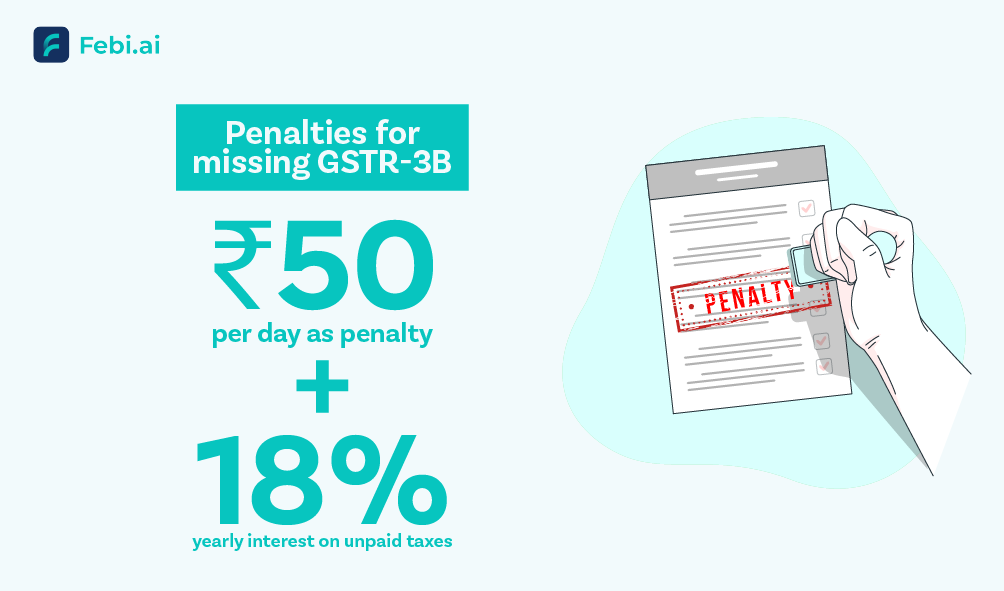
How to File GSTR-3B?
Here’s the quick route:
- Log in to the GST portal
- Click GSTR-3B
- Check auto-filled details
- Select how much GST you can to avail
- Pay what you owe
- Submit and file
Understanding GSTR-9
What is GSTR-9?
GSTR-9, is the yearly GST return that basically wraps up everything you did under GST for the entire financial year. It covers outward and inward supplies, the taxes you paid, and any Input Tax Credit you claimed. Think of it like a big yearly report card for your GST activity, you’ve got to share a full breakdown here, not just summaries. Yeah, it’s kind of heavy compared to the monthly forms.
Who Files GSTR-9?
If you’ve got turnover above ₹2 crore, it’s mandatory. Below that? Optional but strongly advised to avoid ITC slip-ups and for audit ease.
Due Date
December 31 of the following financial year. If you miss it, you will be charged ₹200 per day as a late fee, capped at 0.50% of your turnover.
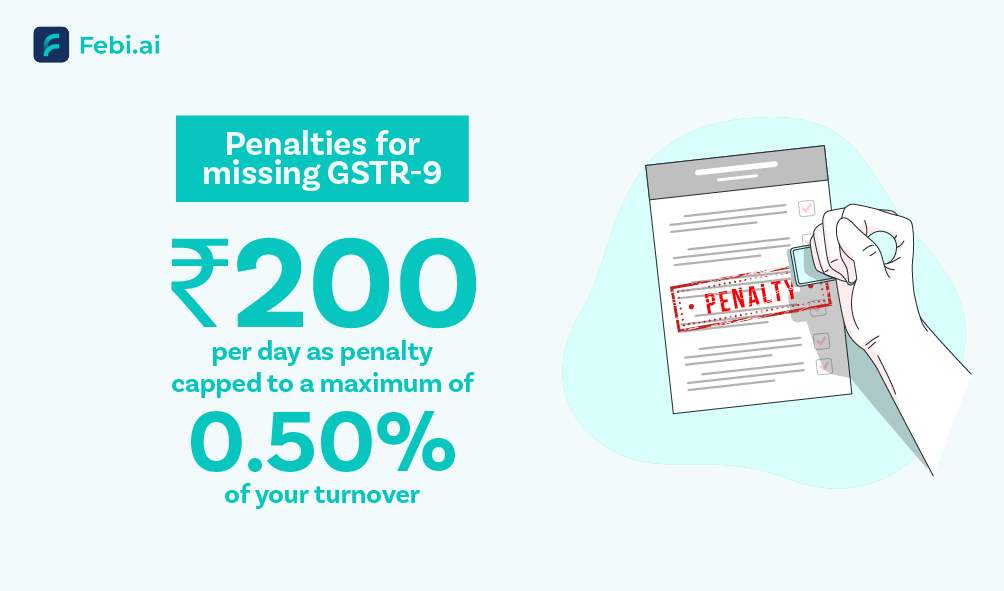
How to File GSTR-9?
Simple steps:
- Round up all monthly returns
- Log in to GST portal
- Pick GSTR-9 for the right year
- Check the pre-filled data
- Add missing pieces
- Match it with your books
- Submit and file
Other Key GST Return Forms
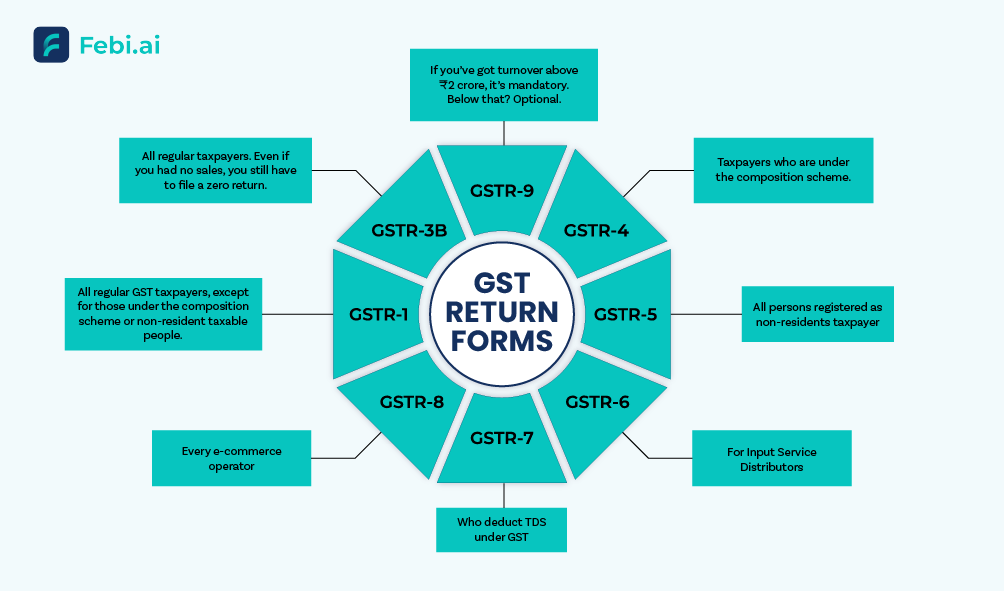
Apart from those big three, there are others:
- GSTR-4 (taxpayers under the composition scheme)
- GSTR-5 (all persons registered as non-residents taxpayer – NRTP)
- GSTR-6 (Persons registered as Input Service Distributors – ISD)
- GSTR-7 (persons who deducts TDS under GST)
- GSTR-8 (every e-commerce operator registered under GST laws)
These keep the GST system working like clockwork.
Common GST Filing Problems
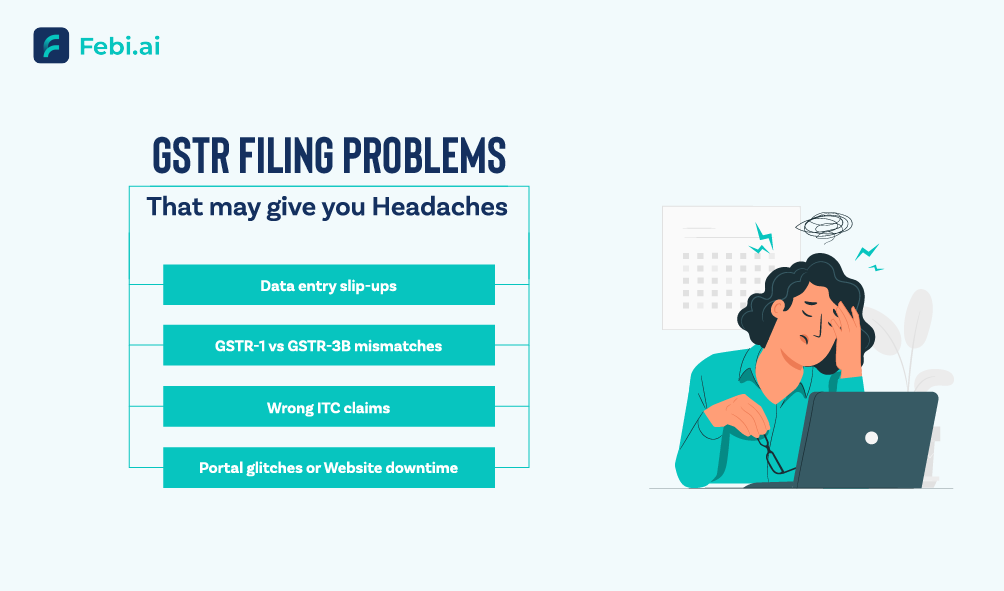
Oh, the headaches:
- Data entry slip-ups
- GSTR-1 vs GSTR-3B mismatches
- Wrong ITC claims
- Portal glitches or downtime
To avoid these headaches file early, so you don’t end up with notices or more stress.
Conclusion
Your all-in-one guide to India’s GST return forms, no jargon attached. Whether it’s GSTR-1, GSTR-3B, GSTR-9, or any of their cousins, just remember to stay accurate, disciplined, and on time. Filing can feel like a pain, but with Febi.ai you can always stay up to the mark with the GST Return filing process, whether it is GSTR-1, GSTR-3B, GSTR-9 or any other GST Return form.
